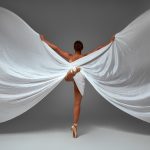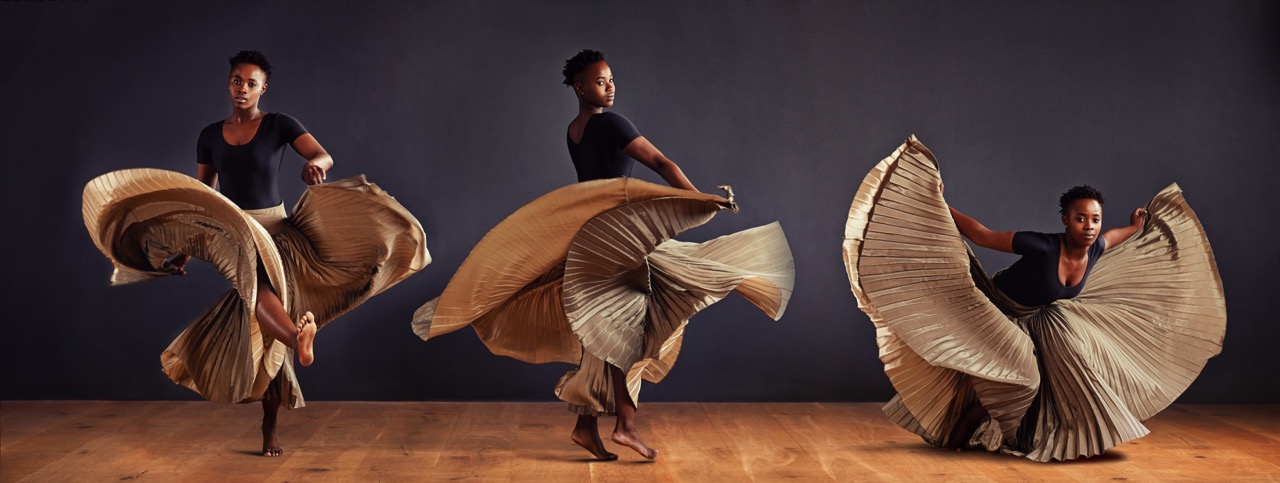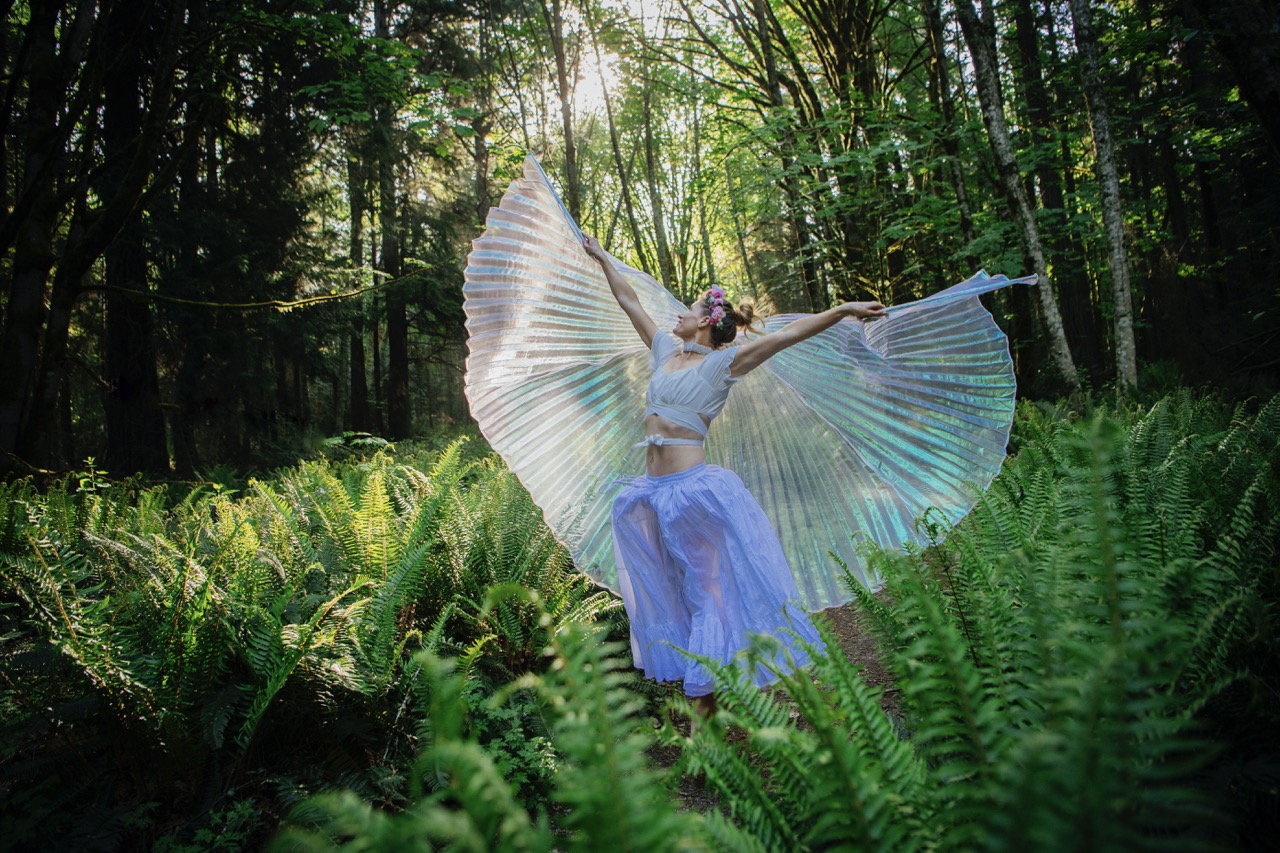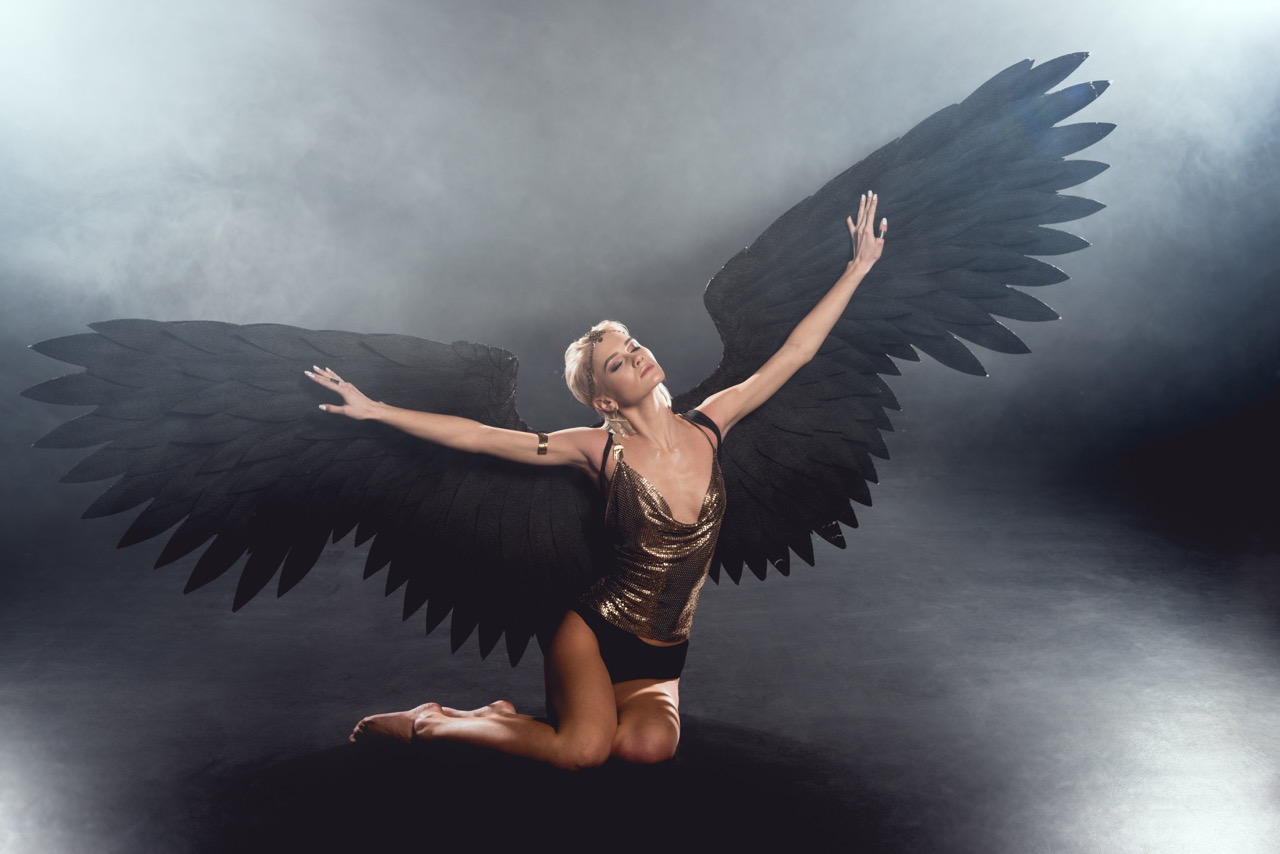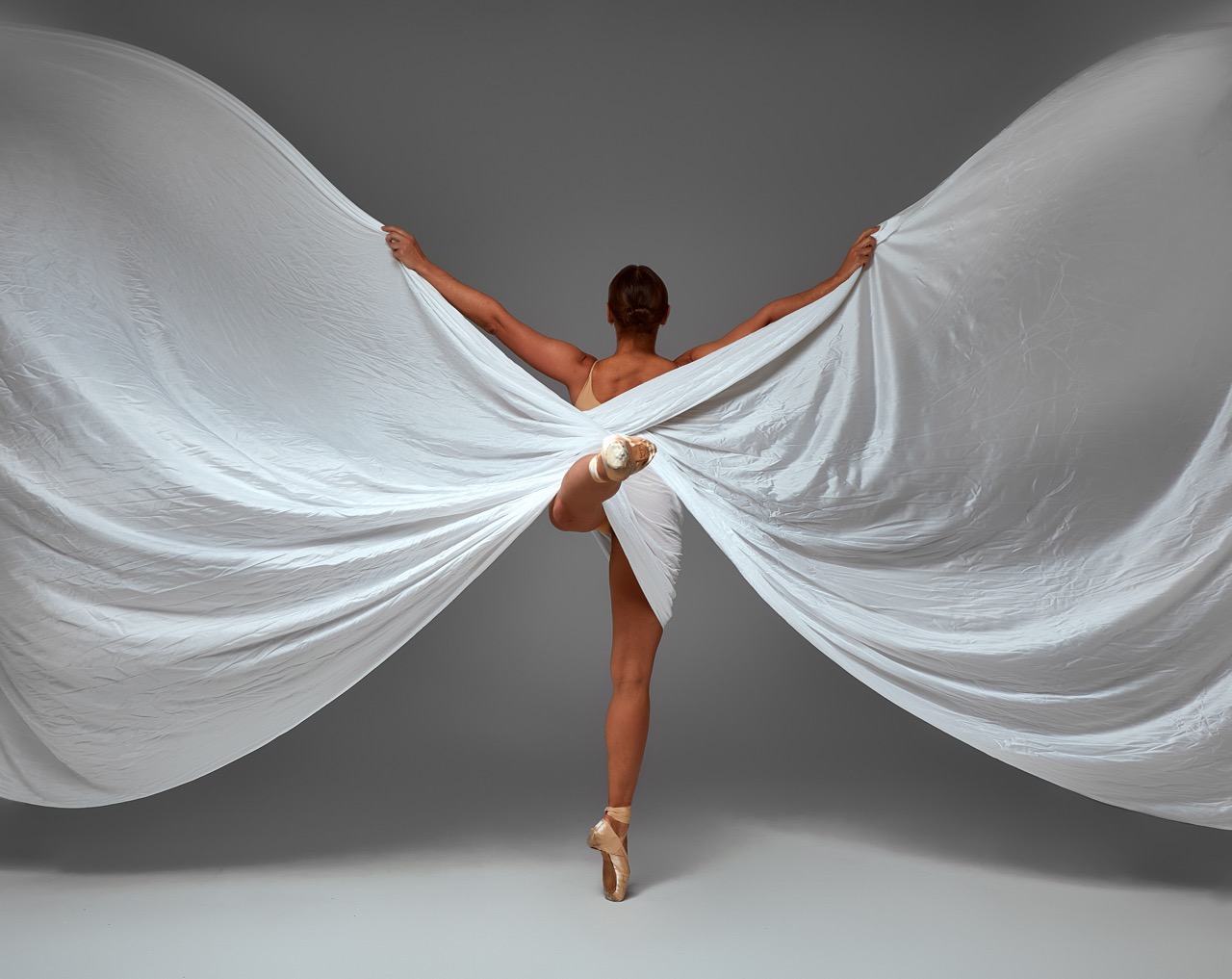In the vibrant realm of performance art, the use of dance wings has emerged as a captivating trend that weaves together elegance, grace, and ethereal beauty. These stunning creations, often seen in circus performances and aerial dance, transport audiences into a world where the boundaries between the human form and the fantastical blur. In this exploration of dance wings, we delve into their enchanting evolution, the visual allure they bring to performances, their functional artistry in aerial dance, and the meticulous craftsmanship involved in their creation. Join us on this journey through the skies of creativity and artistry.
The Enchanting Evolution of Dance Wings in Performance Art
Dance wings have a rich history that traces back to ancient cultures where feathered adornments were used in ritualistic dances and celebrations. From the ceremonial attire of indigenous tribes to the ornate costumes of classical ballet, the concept of using wings to symbolize freedom and transcendence has long captivated audiences. As performance art evolved, so too did the design and functionality of dance wings, giving rise to their current iterations that are often characterized by bold colors, intricate patterns, and innovative materials.
In the contemporary circus and aerial dance scenes, dance wings have taken on a new life. Influenced by the resurgence of circus arts in the late 20th century, performers began incorporating larger-than-life props to enhance their storytelling. These wings, often reminiscent of mythical creatures or divine beings, add an element of fantasy that transforms the stage into an enchanting tableau. The evolution of dance wings reflects not only the changing aesthetics of performance art but also the desire to push the boundaries of physical expression.
Today, dance wings are not merely props; they are integral to the narrative and emotional landscape of a performance. As artists continue to explore the limitless possibilities of movement, wings have become symbolic of hope, freedom, and transformation. The evolution of dance wings can thus be seen as a reflection of both historical traditions and contemporary creativity, blending the past with the present to create a mesmerizing visual experience for audiences.
Captivating Aesthetics: The Allure of Circus Dance Wings
The aesthetics of circus dance wings are undeniably captivating, serving as a feast for the eyes and stirring the imagination. Color and texture play vital roles in the visual appeal of these wings, with materials ranging from delicate silks to vibrant synthetic fabrics. Performers often choose colors and patterns that resonate with their character or the theme of the performance, creating a striking harmony between the artist and their wings. This intentionality enhances the storytelling aspect, allowing the audience to connect emotionally with the performance.
Moreover, the manipulation of dance wings in performance adds an additional layer of visual intrigue. As performers twirl, leap, and glide, the wings unfurl and contract, creating mesmerizing visual effects. The interplay of light and shadow can be particularly enchanting, as the wings catch the illumination of stage lights, casting ethereal patterns across the performance space. This dynamic movement breathes life into the wings, turning them into extensions of the dancer’s own body.
Audiences are often left spellbound by the juxtaposition of human grace and the magical allure of the wings. Whether it’s a solo aerialist soaring through the air or a troupe of circus artists harmonizing their movements, the wings enhance the overall experience, inviting viewers to suspend their disbelief and enter a world where the extraordinary feels within reach. The captivating aesthetics of circus dance wings thus play an essential role in creating memorable performance art that lingers in the hearts and minds of those who witness it.
The Intersection of Artistry and Function in Aerial Dance
In aerial dance, the intersection of artistry and function is a crucial aspect of utilizing dance wings. While the wings serve as visually stunning elements, they must also facilitate the fluid movements of the aerialist. The design of these wings often incorporates lightweight materials and flexible structures that allow for ease of movement without compromising the visual impact. This functional artistry is key to ensuring that performers can express themselves fully while executing complex choreography and aerial maneuvers.
Furthermore, the placement and attachment of dance wings are meticulously considered to avoid any hindrance during performance. Aerialists often customize their wings to fit their specific apparatus, whether they are performing on silks, hoops, or trapezes. This adaptability allows for seamless integration into various aerial disciplines, enabling performers to maintain the ethereal quality of their movements while showcasing the wings’ beauty. Such thoughtful design exemplifies the balance of aesthetics and practicality that defines successful performance art.
Additionally, the emotional resonance of aerial dance is amplified by the use of wings, as they symbolize freedom and aspiration. Through their choreography, artists convey stories of liberation and transcendence, drawing parallels between their own struggles and the metaphorical journey represented by the wings. Thus, the intersection of artistry and function in aerial dance transcends mere visual appeal, becoming a powerful medium for expression that communicates profound themes of the human experience.
Behind the Scenes: Crafting the Perfect Dance Wings for Flight
Crafting the perfect dance wings for flight is a meticulous process that involves a fusion of creativity, engineering, and craftsmanship. Designers and artisans dedicate countless hours to conceptualizing wing designs that not only captivate audiences but also meet the rigorous demands of performance. From selecting the right materials to determining the optimal structure, every detail is carefully considered to ensure that the wings function seamlessly during the performance.
The choice of materials is fundamental in crafting dance wings, as they directly impact the wings’ weight, durability, and visual effect. Lightweight fabrics such as chiffon, organza, and nylon are often favored for their ability to billow and create stunning visual effects without burdening the performer. Additionally, the frames that support the wings are designed using materials like aluminum or fiberglass, allowing for both strength and flexibility. This combination ensures that the wings can withstand the rigors of aerial movement while maintaining their aesthetic appeal.
Behind the scenes, collaboration is key. Designers work closely with performers to understand their vision and movement styles, often creating prototypes that undergo multiple iterations before reaching the final design. This collaborative effort ensures that the wings not only look beautiful but also enhance the performer’s artistic expression. The result is a harmonious blend of form and function that culminates in a breathtaking performance, leaving audiences in awe of the artistry that lies both in the air and the craftsmanship that supports it.
Dance wings have become a hallmark of contemporary circus and aerial dance, captivating audiences with their enchanting presence and profound symbolism. As we have explored their evolution, aesthetic appeal, functional artistry, and the craftsmanship behind them, it becomes clear that these wings are much more than mere props. They represent the dreams and aspirations of artists who strive to elevate their performances to new heights. The magic of dance wings continues to inspire, reminding us of the beauty that transcends the ordinary and invites us to soar into the extraordinary realms of creativity.


